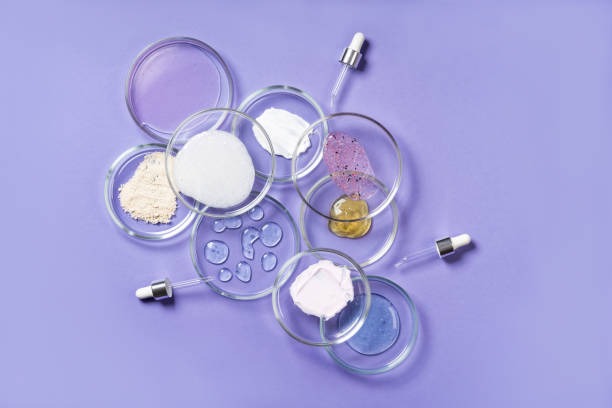
COSMETIC REAL-TIME STABILITY TESTING
Cosmetic Real-Time Stability Testing is a method of testing the stability of a cosmetic product over time by storing it under the recommended storage conditions, just as it would be when launched on the market. Unlike accelerated stability testing, real-time stability testing does not expose the product to accelerated conditions such as high temperature, humidity, or light. Instead, it is used to determine how long the product remains stable under the conditions it will encounter in real life.
The main purposes of real-time stability testing for cosmetic products are:
To Verify Shelf Life: To confirm that the shelf life estimated by accelerated stability tests is accurate under real storage conditions.
To Evaluate Long-Term Stability: To monitor how the product maintains its physical, chemical, and microbiological properties over a long period (usually the product's shelf life) under the recommended storage conditions.
To Confirm Predictions of Accelerated Tests: To see whether the degradation trends observed in accelerated tests also occur under real-time conditions.
To Conduct Post-Market Surveillance: To monitor the stability of the product after it is launched on the market, in order to detect any unexpected changes or problems early.
Real-time stability tests generally include the following features:
Storage Conditions: Products are stored under the recommended storage conditions specified on the label (usually at room temperature and normal humidity levels). These conditions should reflect the typical conditions the product will encounter during its lifetime. For example, "Store in a cool, dry place" or "Keep away from direct sunlight."
Test Duration: Real-time stability tests continue throughout the intended shelf life of the product. This can often be 12 months, 24 months, 36 months, or longer.
Test Intervals: Products are tested at regular intervals (for example, initially, 3 months, 6 months, 9 months, 12 months, 18 months, 24 months, 36 months, etc.). Test intervals may vary depending on the type of product and the predicted shelf life.


Parameters Tested:
Throughout the test period, the product is evaluated at regular intervals for the following parameters, just as in accelerated stability testing:
Physical Properties: Appearance (color, odor, phase separation), viscosity, texture, pH.
Chemical Properties: Active ingredient content, preservative efficacy, formation of degradation products.
Microbiological Properties: Level of microbial contamination.
Performance Tests: Tests specific to the product's function, such as SPF value in sunscreens and moisturizing effect in moisturizers.
Advantages of Real-Time Stability Testing:
Provides the most accurate and reliable information about the product's stability under real-use conditions.
Helps to validate the shelf life predicted by accelerated tests.
Provides valuable data on the long-term stability of the product.
Contact Us for Cosmetic Real-Time Stability Testing.
We offer affordable and effective solutions tailored to your needs.
The information presented on this website does not constitute legal advice and is intended for informational purposes only. KompassEurope.com.tr assumes no responsibility for any errors or omissions in the information contained on this website. Any decisions made or actions taken by the reader based on this information are solely at the reader's own risk, and KompassEurope.com.tr shall not be held liable for any legal consequences arising from such decisions or actions. Readers are strongly advised to seek professional legal counsel regarding their specific circumstances and concerns.
© 2025 Kompass Europe. All rights reserved. The contents of this website belong to Kompass Europe and are protected by copyright laws. Copying, publishing, distributing or any commercial use of the information on the website is possible only with written permission. By using this site, you agree to our Terms of Use and Privacy Policy.
